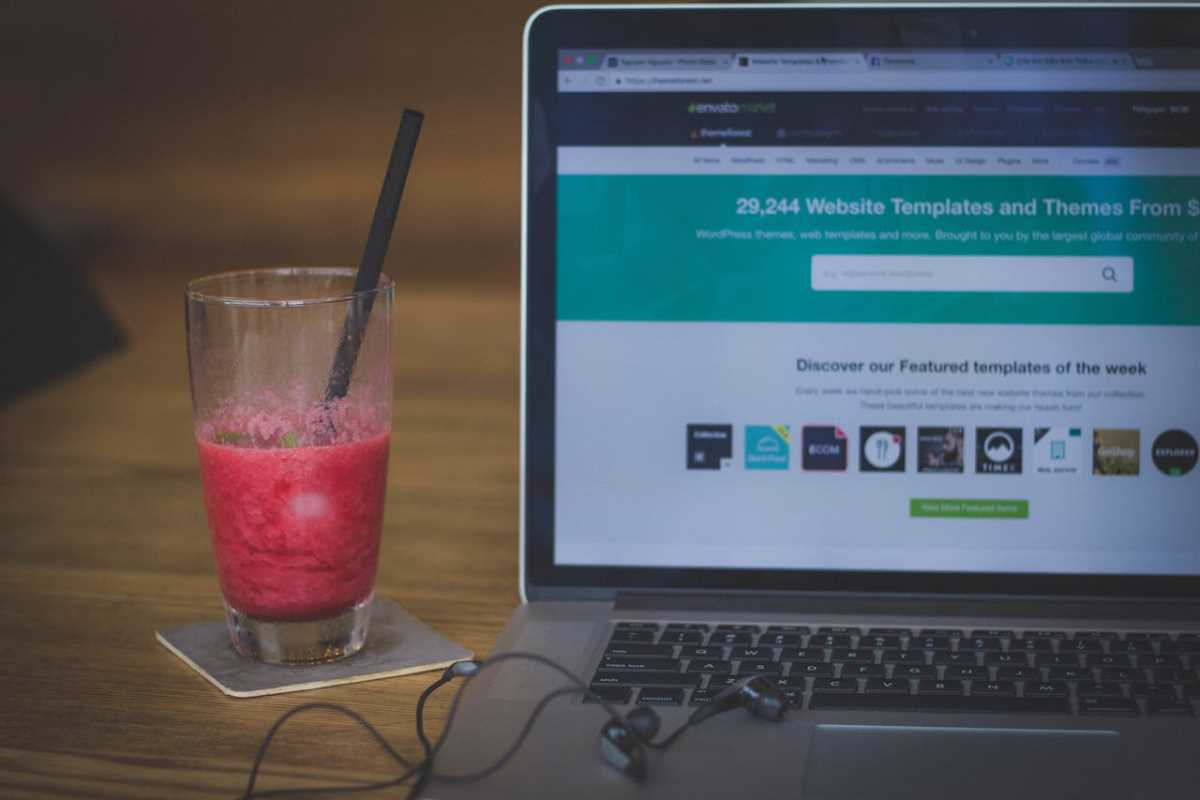You work hard to bring customers to your online store, guiding them from discovery to the point of purchase. Each sale feels like a victory, but what if you could gently encourage customers to add a little more to their carts? This is where upselling and cross-selling come in, powerful techniques for increasing your revenue. The best part is that you can set these strategies on autopilot. Automating your upselling and cross-selling efforts allows you to generate more income from each transaction without extra manual work. We’ve got you covered on how to use automation to boost your profits and create an even better shopping experience for your customers.
Understanding Upselling and Cross-Selling
Before we dive into automation, let's get clear on what these terms mean. Though often used together, they represent two distinct approaches to increasing the value of a customer's order.
Upselling is the practice of encouraging a customer to purchase a more expensive version of the item they are considering. Think of it as an upgrade. For example, if someone is looking at a standard coffee maker, an upsell would be a recommendation for a premium model with a built-in grinder and programmable features.
Cross-selling involves suggesting related or complementary products to the item a customer is already buying. It’s about helping them find everything they need in one place. Using the same coffee maker example, a cross-sell might be a suggestion to add coffee filters, a bag of gourmet coffee beans, or a set of mugs to their order.
Both strategies aim to increase the Average Order Value (AOV), which is the average amount of money each customer spends per transaction. A higher AOV means more revenue for your business without the need to acquire new customers.
Why You Should Automate These Strategies
Manually suggesting upsells and cross-sells for every customer is nearly impossible, especially as your business grows. This is where automation becomes your most valuable player. By using smart tools and apps, you can set up rules that automatically present the right offers to the right customers at the perfect moment.
This automation works tirelessly for you 24/7, creating a stream of passive revenue. It ensures that every customer receives relevant, helpful suggestions that enhance their shopping experience rather than disrupt it. An automated system uses data to make intelligent recommendations, which often perform much better than random manual suggestions. It's a win-win: your customers discover products they'll love, and you see a healthy increase in your profits.
How to Implement Automated Upselling
Automated upselling focuses on showing customers a better alternative right when they are making a decision. The key is to make the upgrade feel like a natural and beneficial choice.
Product Page Recommendations
One of the best places to introduce an upsell is directly on the product page. As a customer views an item, you can automatically display a small section titled "You Might Prefer" or "Upgrade Your Experience." This section should feature one or two higher-tier versions of the product.
To do this effectively, the upsell should offer a clear benefit. Does the premium version have better features, higher quality materials, or a longer warranty? Make these advantages clear and simple. The price difference should also be reasonable. A small price jump for a significant increase in value is an easy choice for a customer to make. Many e-commerce platforms like Shopify and BigCommerce have apps specifically designed to create these automated product page upsells.
How to Implement Automated Cross-Selling
Automated cross-selling helps customers find complementary items that complete their purchase. This strategy is all about being a helpful guide.
"Frequently Bought Together" Bundles
You've likely seen this on major retail sites. Directly below a product description, a section shows two or three other items that are often purchased with it, along with a button to "Add All to Cart." This is a highly effective cross-selling technique that you can easily automate.
Tools can analyze your sales data to identify which products are commonly bought together. It then automatically creates these bundles on your product pages. This strategy works because it's based on the real behavior of past shoppers, making the recommendations feel authentic and genuinely helpful. It takes the guesswork out of finding accessories or related items.
In-Cart Suggestions
The shopping cart is another powerful place for an automated cross-sell. Once a customer has added an item to their cart, a pop-up or a small section can appear with suggestions for related products. For instance, if someone adds a laptop to their cart, you could automatically suggest a laptop case, a wireless mouse, or an extended warranty.
The suggestions here should be low-cost, impulse-buy items that don't require much thought. The goal is to add a little extra value to the cart without causing the customer to second-guess their main purchase. Keep these recommendations highly relevant to the items already in the cart to ensure they feel like a helpful reminder, not an aggressive sales pitch.
Post-Purchase Email Campaigns
Your opportunity to cross-sell doesn't end once the sale is complete. You can set up automated email campaigns that trigger after a customer makes a purchase. These emails can thank the customer for their order and suggest other products they might love based on what they just bought.
For example, if someone purchased a skincare set, you could send them an email a week later showcasing a complementary product, like a popular sunscreen or a special eye cream. This approach is less about an immediate sale and more about building a long-term relationship. It shows that you understand their needs and can continue to offer value even after the first purchase, encouraging repeat business.
Best Practices for Success
To make your automation efforts successful, keep these guiding principles in mind.
- Stay Relevant: The most important rule is to ensure your suggestions are highly relevant. An irrelevant offer will only annoy your customer. Use data to make smart recommendations that genuinely enhance the shopping experience.
- Don't Be Pushy: Limit the number of offers you present at one time. Overwhelming a customer with too many choices can lead to decision fatigue and may cause them to abandon their cart altogether.
- Highlight the Value: Clearly communicate the benefit of the upsell or cross-sell. How does it make the original product better? How does it complete the set? Make it easy for customers to see the value in adding more to their order.
Automating your upselling and cross-selling strategies is one of the most efficient ways to increase your revenue. By using the right tools, you can create a passive income stream while providing a smarter, more helpful shopping experience for your customers. Start small, test different offers, and let automation work for you.







